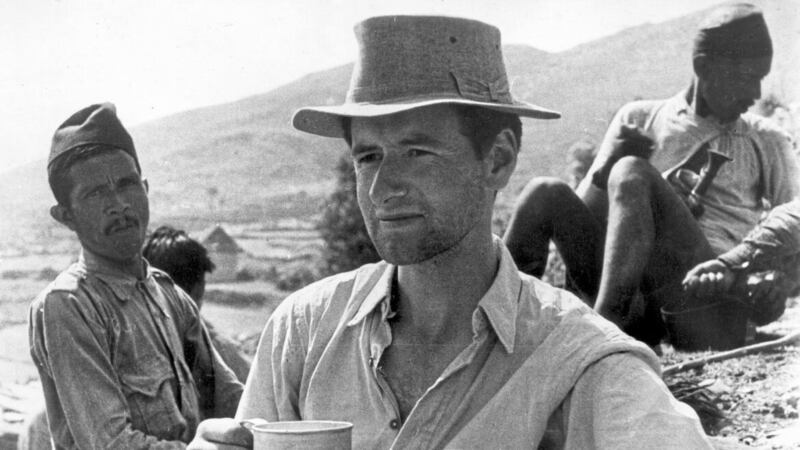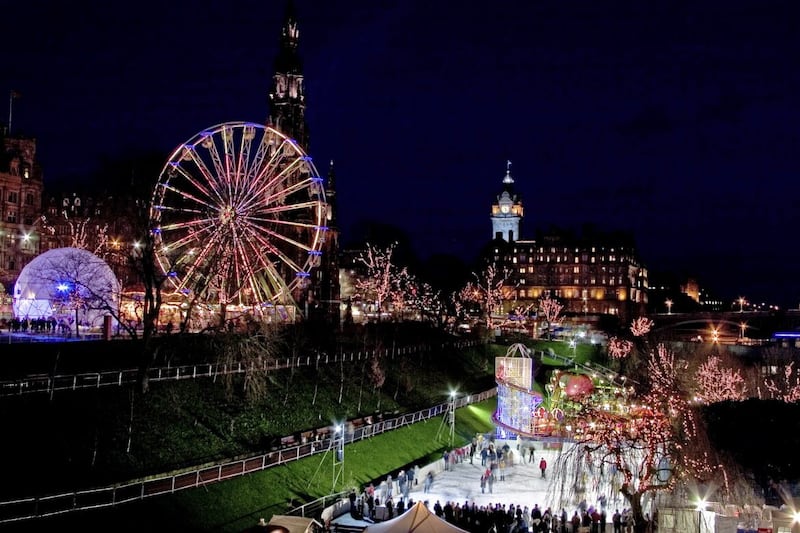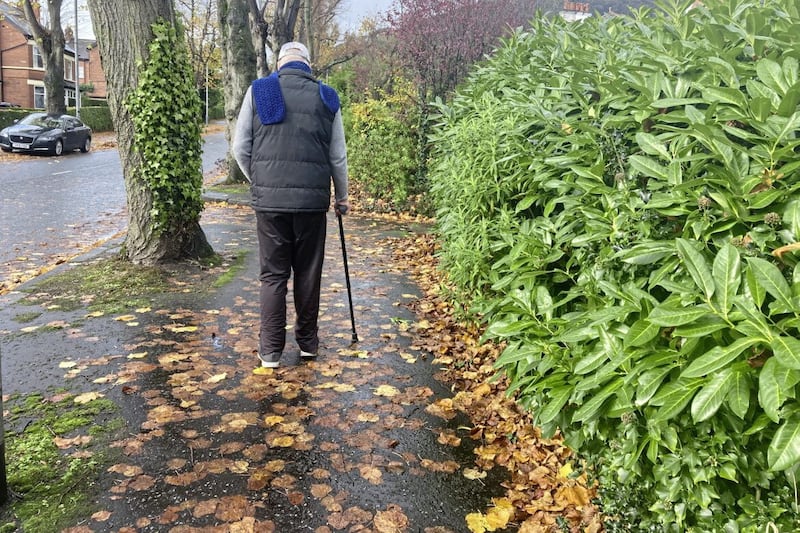Timing is everything and in 1953 it was spot on. How did it happen? Happenstance? Careful choreography? Certainly it was a very special moment on Coronation Day, Tuesday June 2, when, in pouring rain, three million spectators lined the four-and-a-half mile route to Westminster Abbey when suddenly loud speakers announced that Edmund Hillary and Sherpa Tenzing Norgay had reached the summit of Mount Everest.
This was the ultimate challenge that had everyone buzzing; would they do it? Probably not, weather conditions were not conducive and anyway, the coronation was claiming the headlines.
Unknown to them, however, 4,500 miles away and over four hours ahead of London time, a group of exhausted men wondered if the news would reach London in time for the celebrations. In fact it did arrive and was presented to Queen Elizabeth in a red dispatch box just after dinner on the Monday evening, just hours ahead of her coronation.
And that was all down to one newspaper reporter: 26-year-old Jan Morris, then known as James Morris before transitioning gender in the 1960s.
BEST LAID PLANS
Morris was selected by the London Times to cover the story: she was young, fit and healthy, and a good reporter. She was determined to get her report through before anyone else so elaborate plans were laid to maintain secrecy even down to the coded message of success sent to Fleet Street: "Snow condition bad stop advanced base abandoned yesterday stop awaiting improvement."
When decoded back in London it read: "All Well!//Summit of Everest reached on May 29 by Hillary and Tenzing. All Well!"
Morris reported that on the summit the two men hugged each other, Hillary took photographs and Tenzing buried sweets and biscuits in the snow as a Buddhist offering to the gods and the Goddess Mother of Mountains.
The Times had agreed to cover half of the expedition expenses in return for exclusive press rights. Red rag to the bull – every leading publication attempted to grab the story, some sent reporters to Kathmandu to be near the action, some even believed the coded message which threw them off the scent.
The expedition members were a diverse crew of highly experienced mountaineers – a brain surgeon, an agricultural statistician, a travel agent and a zoologist among them. There was also a bee keeper from New Zealand, Edmund Hillary, who became the face of success and the first man to stand on the summit of Everest with his companion Sherpa Tenzing.
They were the first of many, including Belfast man Dawson Stelfox, the first Irishman to reach the summit of Mount Everest on May 2 1993 – a day that also made history as, back home that afternoon Mary Robinson was shaking hands with the queen, the first Irish president to do so with a reigning British monarch.
More recently was adventurer Noel Hanna from Dromora, Co Down who scaled Mount Everest 10 times and was described as Ireland's most accomplished mountaineer; he sadly died in the Himalayas last month.
BRAVE ADVENTURERS
Edmund Hillary, born in Auckland, New Zealand, went on to become the first person to reach the South Pole travelling overland and then successfully tackled the North Pole.
He established the Sir Edmund Hillary Foundation supporting the Sherpa people of Nepal and was considered one of the 100 most influential people of the 20th century.
In his book, Jan Morris: Life From Both Sides, Paul Clements describes how, armed with her trekking equipment, a typewriter, ribbons, notebooks and the Oxford Book of Greek Verse, and after saying goodbye to Elizabeth and his 14-month-old son Mark, Morris set off to travel a substantial part of the way to the summit – daunting as she had never climbed a mountain before and now faced the hazardous Ice Fall, climbing through landmarks like Hellfire Alley, The Atom Bomb Area, The Ghastly Crevasse and The Nutcracker.
Negotiating deep snow and bitter sheets of ice, yet all the time sending back regular dispatches to London. These were relayed by trustworthy runners who could complete their journey often in five days, covering 35 miles a day to the nearest cable office or telephone in Kathmandu.
She trusted them and paid them well to protect the dispatches from falling into the hands of other newspaper journalists.
GENTLEMEN'S AGREEMENT
By mutual consent, Hillary first-footed the summit a few seconds before Tenzing and Morris ruminated on how their lives might be altered by this choice. Indeed, she had wondered if they would come back safely at all and whether she should start thinking about obituary notices.
Clements writes that after the conquest, back at base Hillary sat eating an omelette and drinking a mugful of lemonade. Beside him in the tent Morris got the inside story straight from the man who walked on the top of the world only hours before, the supreme moment for which the writer had been waiting and which would come to mean so much.
Very much the professional newspaper reporter and not a mountaineer, Morris's desire to stand apart from the others was linked to her conflicted feeling about gender.
Inside she knew she was not 'one of the boys' and she believed that men more than women respond to team spirit. The hyper-masculine environment of the expedition and the physicality it demanded caused Morris to reflect on her own situation; it had, she said later, taught her "new meanings of maleness and emphasised once more my own inner dichotomy".
Jan Morris continued her craft as a renowned travel writer and foreign correspondent, painter and storyteller and until her death in 2020, this transgender pioneer lived with her wife Elizabeth in Wales.
Paul Clements spent many hours with Morris talking, searching through unpublished documents and archives, and whilst Everest is an outstanding part of the story he uncovered it's only one of many his book contains.
:: Jan Morris: Life From Both Sides is published by Scribe Publications, £25.









